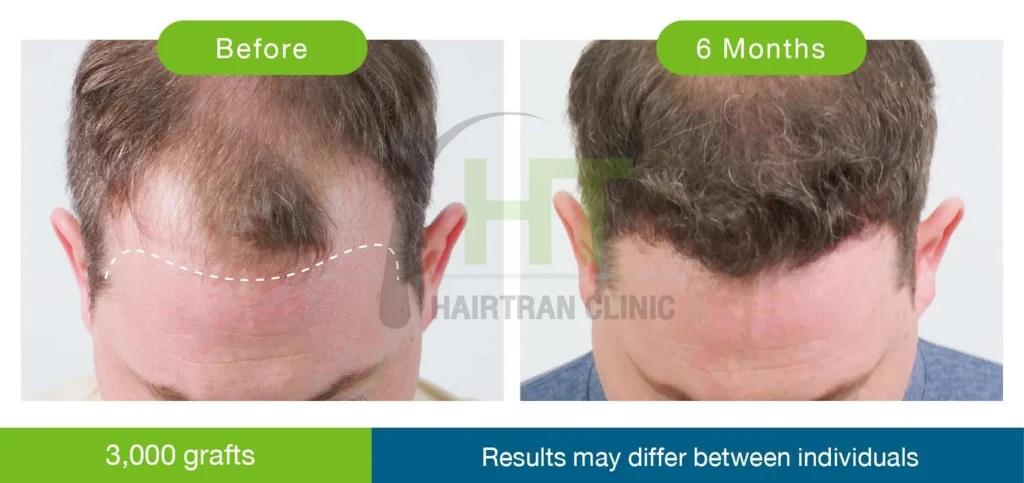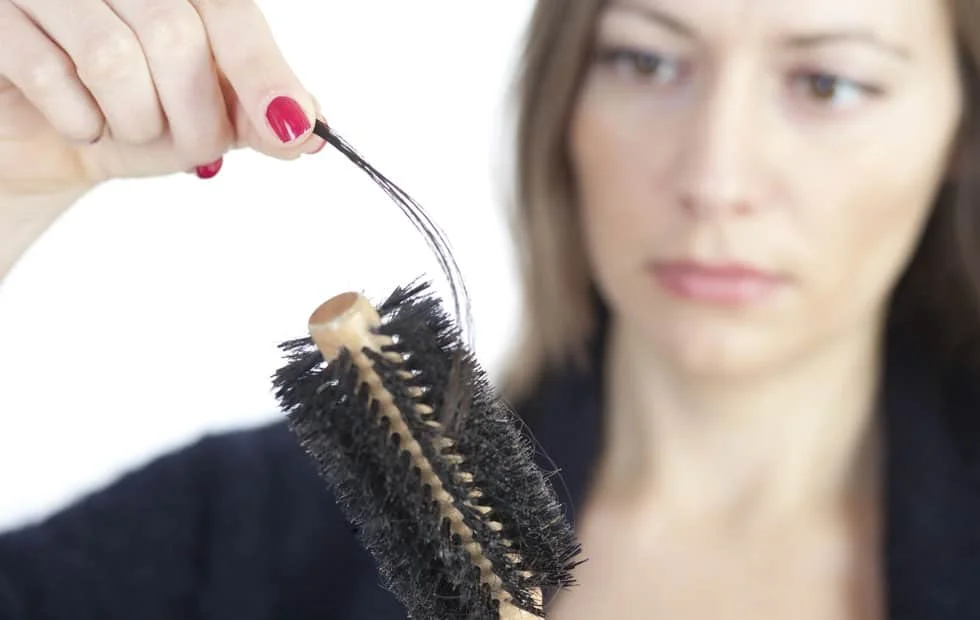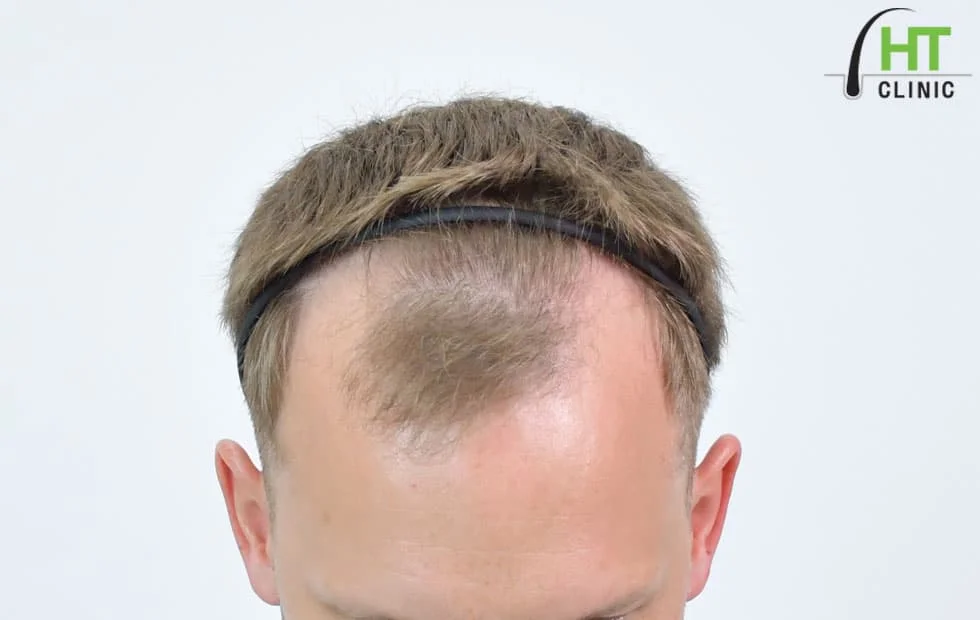As you all might know, hair growth medicine and hair transplant work differently. Yes, they both lead to the result of beautiful appearance, but the application and mechanism are actually completely different. First, let’s talk about the benefit that medicine and hair transplant give to our hair and how it works.
How Hair Growth Medicine Works
The two common medicines that most hair surgeon will recommend is Finasteride and Minoxidil. Finasteride is a medicine that will target and inhibit the enzyme called 5a- reductase which is an enzyme that turns testosterone to dihydrotestosterone (DHT), the root cause of hair loss. This medicine will help slow down or even stop hair loss progression from androgenetic alopecia (AGA). It could also reverse the effect of DHT and thicken the hair that you already have for better scalp coverage.

Minoxidil, on the other hand, is an antihypertensive vasodilator that basically dilates some of your blood vessels and increases blood supply to your scalp, resulting in the growth of your hair. Keep in mind that these 2 drugs will only work when there is a hair follicle and stem cells to grow hair. Hair will not be able to grow if stem cells and follicles don’t exist in that area.
Hair Transplant When Medicine Fails
Unfortunately, once the hair loss has progressed to a more advanced stage, the completely bald area will no longer have any hair follicles or stem cells left. So, the medicine will not do any good for this area.
The approach for this will then have to be hair transplantation. It is a surgical technique where the surgeon removes the hair follicle from one part of the body (donor area) and place it on the desired area (recipient area). The best donor hair would be from the back and side of your scalp because these hairs are determined to have a very low response to DHT hormone and will last for a very long time.
Post-Transplant Care: Why Continue Medication?
Hair transplant surgery does not help with the progression of hair loss, but it is only a surgery to cover the existing bald area. Even though the transplanted hair lasts forever, your native hair beside your transplanted hair doesn’t. The surgeon will recommend you take the medicine to stop further hair loss after the surgery as well.

If the patient does not take the medicine after a hair transplant, it is possible that the hair loss will progress and there will be a gap between the native hair and transplanted hair, and they might have to end up having to do another hair transplant to fill in this gap.





